America’s Native Spirit
Born and Raised in Kentucky
Our roots run deep
It’s been said that behind every barrel of Kentucky Bourbon is the history of America itself. The spirit of the land. The rise of American ingenuity. A legacy that’s rooted in family and traditions.
Kentucky’s Greatest Story
Long before the very first Kentucky Derby® ran, we were perfecting the art, the science and the tradition of making America’s greatest spirit. But our love of the craft goes deeper than passion—it’s in our bones. And we’re only getting started.
September is Bourbon Heritage Month®
In September we celebrate Bourbon Heritage Month® in Kentucky, but do you know why?
In the old days, distillers often shut down during hot summer months because their water source was too hot, which affected the fermentation process. This also gave them time to conduct routine maintenance.
When cooler temperatures returned – usually around September in Kentucky – companies brought their stills back to life and started making whiskey again.
In the old days, distillers often shut down during hot summer months because their water source was too hot, which affected the fermentation process. This also gave them time to conduct routine maintenance.
When cooler temperatures returned – usually around September in Kentucky – companies brought their stills back to life and started making whiskey again.
Nowadays, new equipment and technology means distillers can run year-round, but many still schedule a brief summer shutdown for repairs, maintenance, cleaning and upgrades.
Each year, Kentucky’s Governor issues a formal Proclamation recognizing Bourbon Heritage Month® in the Commonwealth to celebrate the return of distilling after summer shutdown and to recognize the history and importance of Kentucky’s signature spirit.
In 2007, the Kentucky Distillers’ Association worked with U.S. Sen. Jim Bunning of Kentucky to officially proclaim September that year as “National Bourbon Heritage Month®” in honor of America’s only native spirit.
Each year, Kentucky’s Governor issues a formal Proclamation recognizing Bourbon Heritage Month® in the Commonwealth to celebrate the return of distilling after summer shutdown and to recognize the history and importance of Kentucky’s signature spirit.
In 2007, the Kentucky Distillers’ Association worked with U.S. Sen. Jim Bunning of Kentucky to officially proclaim September that year as “National Bourbon Heritage Month®” in honor of America’s only native spirit.
September also is a great time to visit Kentucky, and not just because of the cooler weather.
There are tons of great Bourbon events and new whiskey releases celebrating Bourbon Heritage Month®, including the Kentucky Bourbon Festival in Bardstown, Bourbon & Beyond music festival in Louisville, the KDA’s Kentucky Bourbon Hall of Fame induction ceremony and many more.
Click below to see all the fun Bourbon events in Kentucky.
There are tons of great Bourbon events and new whiskey releases celebrating Bourbon Heritage Month®, including the Kentucky Bourbon Festival in Bardstown, Bourbon & Beyond music festival in Louisville, the KDA’s Kentucky Bourbon Hall of Fame induction ceremony and many more.
Click below to see all the fun Bourbon events in Kentucky.
KDA National Kentucky Bourbon Day
June 14
Did you know that June 14 is recognized each year as National Bourbon Day? But since most of the world’s Bourbon is made in the Bluegrass state, we celebrate it as National Kentucky Bourbon Day.
Bourbon is a thriving, homegrown economic and tourism driver with $9 billion each year in output and generating more that 23,100 good paying jobs. There are now 127 distilleries in 49 of the states 120 counties, so you can see why we claim June 14 at National Kentucky Bourbon Day.
Bourbon is a thriving, homegrown economic and tourism driver with $9 billion each year in output and generating more that 23,100 good paying jobs. There are now 127 distilleries in 49 of the states 120 counties, so you can see why we claim June 14 at National Kentucky Bourbon Day.
Want More Tales From the Trail?
In 2013, the Louie B. Nunn Center set out to document the oral histories of our storied Kentucky Bourbon industry. Interviews were conducted with 24 master distillers, Bourbon barons, and industry insiders. The full length documentary titled “Kentucky Bourbon Tales: Distilling the Family Business” aired on PBS.
The Kentucky Bourbon Tales Oral History Project full documentary and individual interviews can be viewed on the University of Kentucky’s Louie B. Nunn Center for Oral History website.
The Kentucky Bourbon Tales Oral History Project full documentary and individual interviews can be viewed on the University of Kentucky’s Louie B. Nunn Center for Oral History website.
Enjoy Like a True Kentuckian: Responsibly
